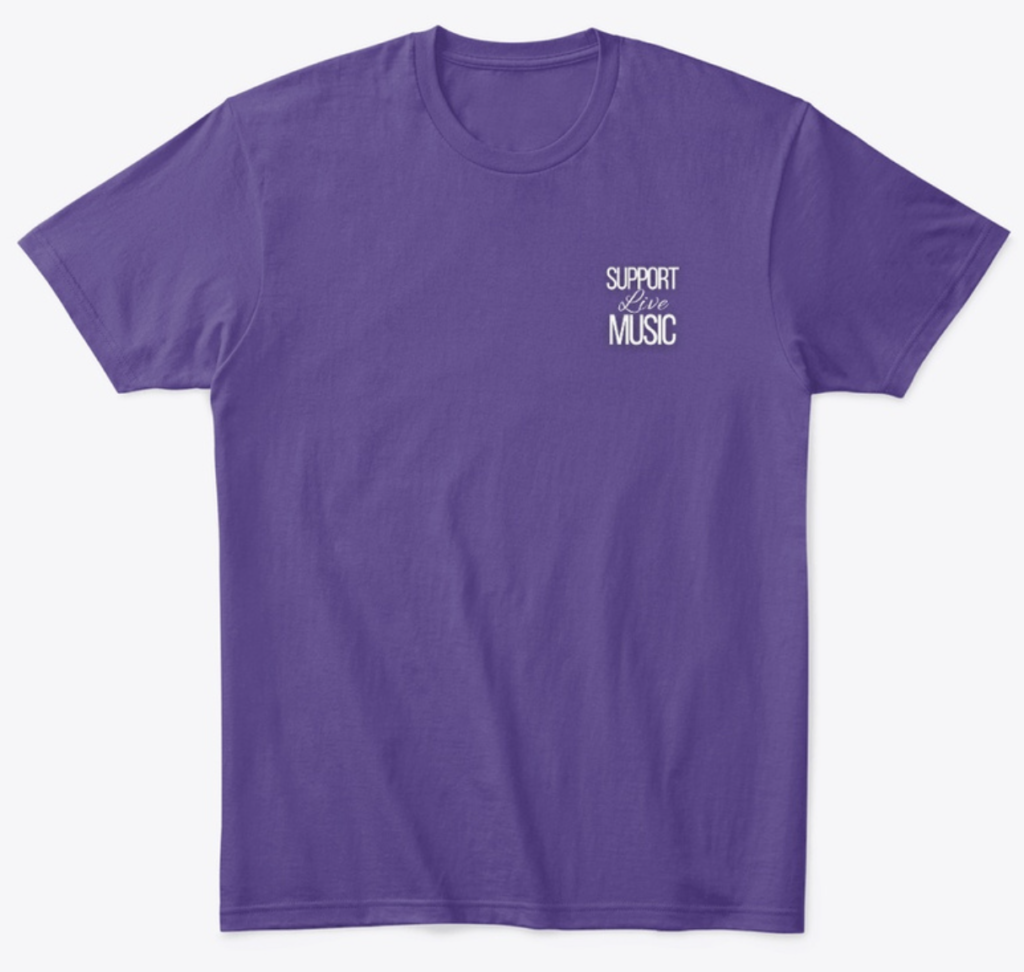Sennheiser is a brand with a considerable history of delivering quality and precision. Among their vast range of microphones, the e935 and e835 stand out, especially for vocal applications. While both microphones are designed to deliver top-notch performance, they cater to different performers and engineers due to their price points and subtle feature variations. Let’s look at a side-by-side comparison.
1. Design and Build Quality
Sennheiser e935: The e935 boasts a robust metal construction, ensuring durability and longevity. Its advanced shock-mount design reduces handling noise, making it ideal for live performances. Sleek design combined with a rugged build.
Sennheiser e835: The e835, while being budget-friendly, doesn’t compromise on build quality. It also features a metal body, though it might not look as pretty as the e935.
2. Polar Pattern
Sennheiser e935: The e935 features a cardioid polar pattern, which is excellent for isolating the main sound source and minimizing background noise. It offers consistent sound quality, especially when the vocalist moves around.
Sennheiser e835: The e835 also comes with a cardioid pattern. While it offers good sound isolation, the e935 might have a slight edge in consistency, especially in noisy environments.

3. Frequency Response
Sennheiser e935: The e935 has a frequency response ranging from 40Hz to 18kHz. This wide range really captures the richness of vocals. The slight presence boost also helps vocals cut through in a mix.
Sennheiser e835: The e835 offers a frequency response from 40Hz to 16kHz. While it captures vocals beautifully, the e935’s extended high-end might offer a tad more clarity.
4. Sensitivity and Output
Sennheiser e935: With a sensitivity of 2.8 mV/Pa, the e935 is adept at capturing the nuances in vocal performances, making it suitable for both live and studio settings.
Sennheiser e835: The e835 has a sensitivity of 2.7 mV/Pa. While close to the e935, there might be subtle differences in capturing quieter vocal nuances.
5. Price Point
Sennheiser e935: Being a more advanced model, the e935 comes with a higher price tag. However, for professionals seeking top-tier performance, the investment is often justified.
Sennheiser e835: The e835 is more budget-friendly, making it an excellent choice for beginners or those looking for quality without breaking the bank.

6. Best Use Cases
Sennheiser e935: The e935 excels in both live performances and studio recordings. Its detailed sound profile makes it a favorite among professionals seeking clarity and consistency.
Sennheiser e835: The e835 is versatile and can handle live settings effectively. Its affordability and performance ratio make it a popular choice for emerging artists and smaller venues.
7. Specs
Sennheiser e935:
– Pick Up Pattern: Cardioid
– Frequency Response: 40 – 16,000 Hz
– Sensitivity: 2.8 mV/Pa
– Nominal Impedance: 350 Ohms
– Min Terminating Impedance: 1000 Ohms
– Dimensions: 1.85″ x 7.12″ (47 x 181 mm)
– Weight: 11.64 oz (330 g)
Sennheiser e835:
– Pick-up pattern: Cardioid
– Frequency response: 40Hz – 16kHz
– Transducer principle: Pressure gradient receiver
– Front-to-back-rejection at 1kHz at 120 degrees: >20dB
– Sensitivity (free field, no load): 1kHz 2.7mV/Pa = -51.4dB (0dB=1V/Pa)
2.7mV/Pa = -71.4dB (0dB=1V/mbar) (USA)
– Nominal impedance at 1kHz: 350 ohms
– Min. terminating impedance: 1000 ohms
– Sensitivity to magnetic field at 50Hz: 1 mF V/ mF T
– Weight: 330 g
– Dimensions: 48 x 180mm
– Delivered with pouch and mic clip
Conclusion
Both the Sennheiser e935 and e835 are excellent microphones in their own right. If you’re seeking premium performance and are willing to invest a bit more, the e935 might be the way to go. However, if you’re on a budget but don’t want to compromise too much on quality, the e835 offers fantastic value for its price.











